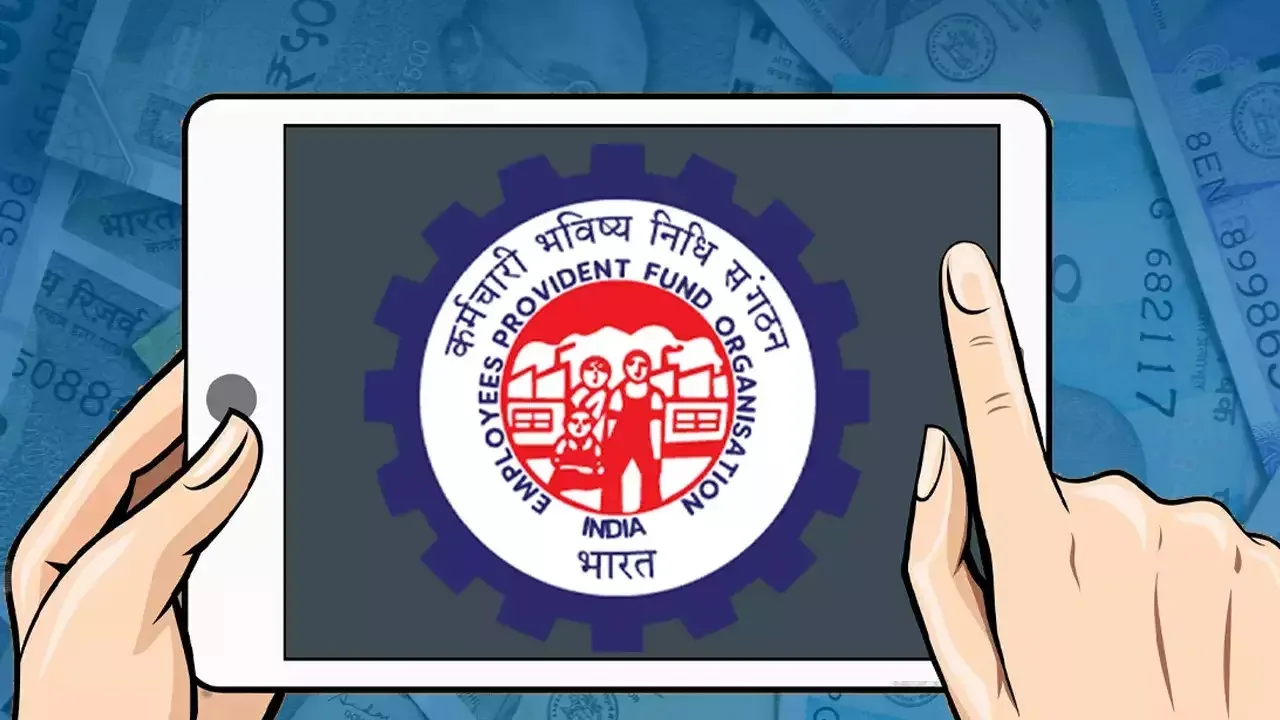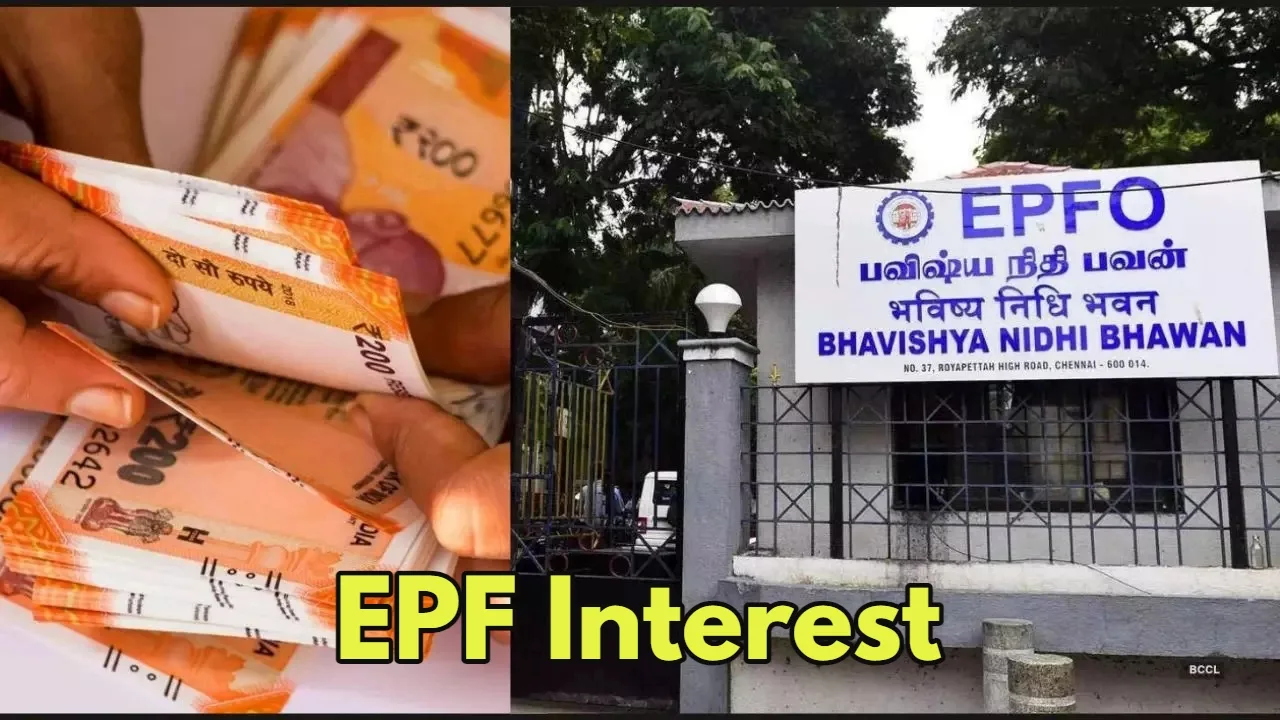To secure the financial future of all sections of the country, the government runs many schemes, the most important of which is the Provident Fund (PF). In common parlance, they are known as PF.
Very few people in India know that these are of three categories. Public Provident Fund (PPF), Employees Provident Fund (EPF) and General Provident Fund (GPF).Many people also have trouble understanding the difference between these three funds.
Now after the announcement of the Integrated Pension Scheme, people are confused about whether there will be any change in it or not. So let’s understand these funds.
Public Provident Fund
As is clear from its name, this PF is for the general public. Any Indian citizen, whether in a job or businessman, can avail of it.

It can be opened in post office or banks. A minimum annual deposit of Rs 500 and a maximum of Rs 1.5 lakh can be made in it.
PPF matures in 15 years and can be extended for 5-5 years. It offers compound interest, which means the interest amount also gets added to the original investment, and interest is earned on that too.
Currently, the government pays 7.1% interest on it. An investment of Rs 1.5 lakh annually also receives an exemption under Section 80C of Income Tax.
Employees Provident Fund
However, only 3.67% of the company’s share goes to EPF, while the remaining 8.33% is deposited in the Employees’ Pension Scheme.
After retirement, the PF amount is given to the employees in a lump sum, while the EPF money is received in the form of a pension.
The interest rate on EPF for the financial year 2023-24 has been fixed at 8.25%, which is slightly higher than many other savings schemes.
General Provident Fund
GPF is only for government employees. In this, the account of temporary and permanent employees working continuously for one year in government institutions is opened.
In GPF, employees have to contribute at least 6% of their salary, provided they are not suspended. After retirement, they get a lump sum amount.
However, the main disadvantage with the arrival of the new pension scheme UPS is that there is no provision like GPF.

UPS also has a provision for an assured family pension. On the death of the employee, his family will be given a 60 percent pension immediately.
There will be a benefit of dearness allowance on assured pension, assured minimum pension, and assured family pension.
This will have been according to the All India Consumer Price Index for industrial workers. In this pension scheme, gratuity will also be given along with retirement.
The employee will get a good payment on retirement, for this 1/10 salary and dearness allowance will be added to the gratuity on retirement after the employee completes 6 months of service. This payment will not affect the assured pension of the employee.
